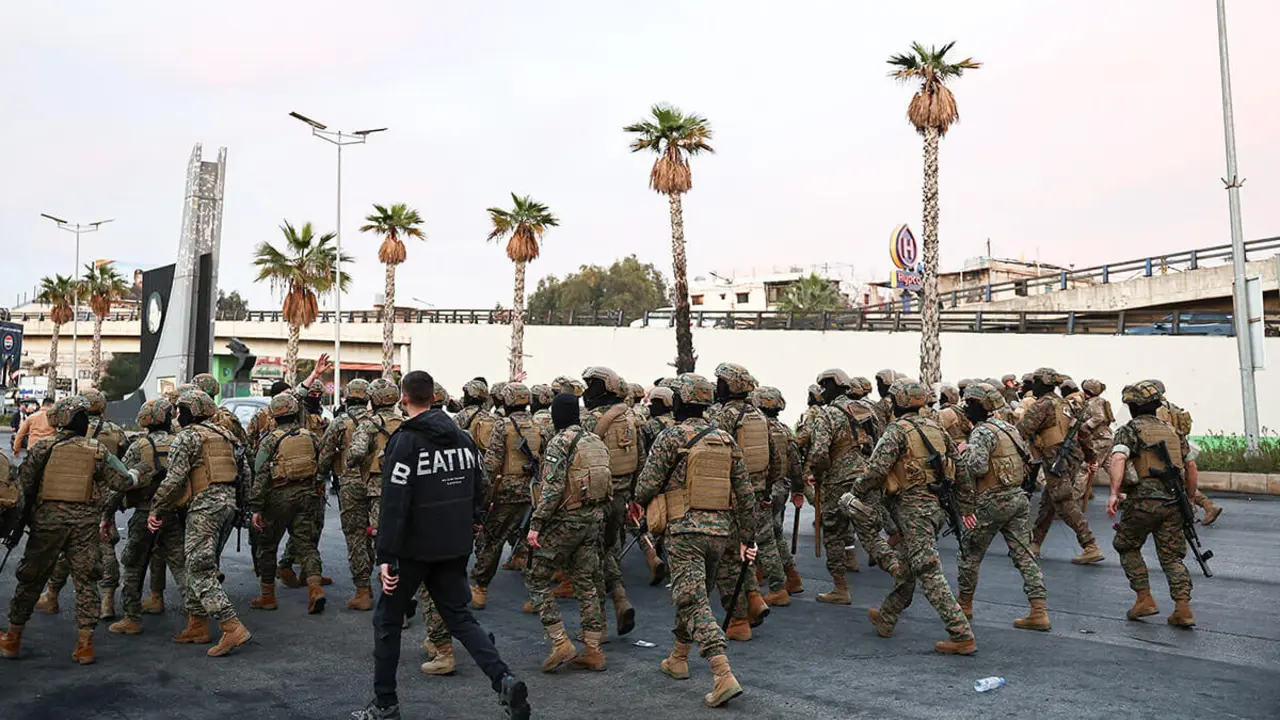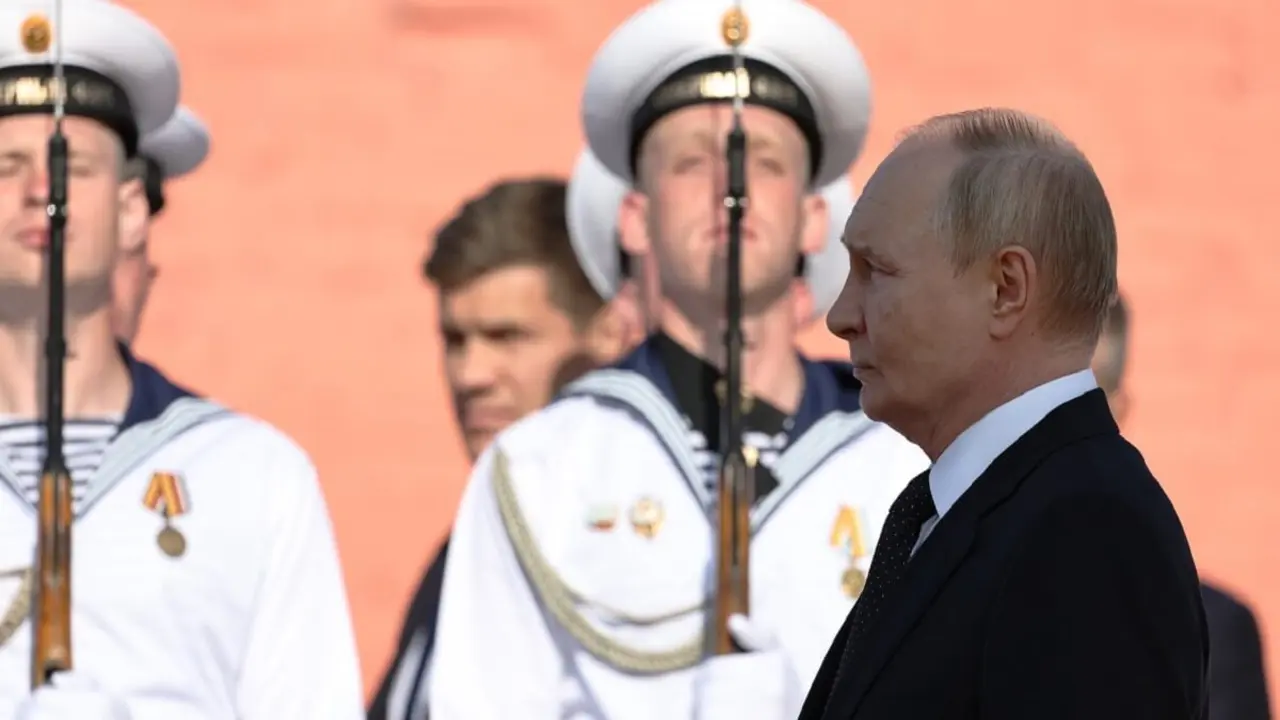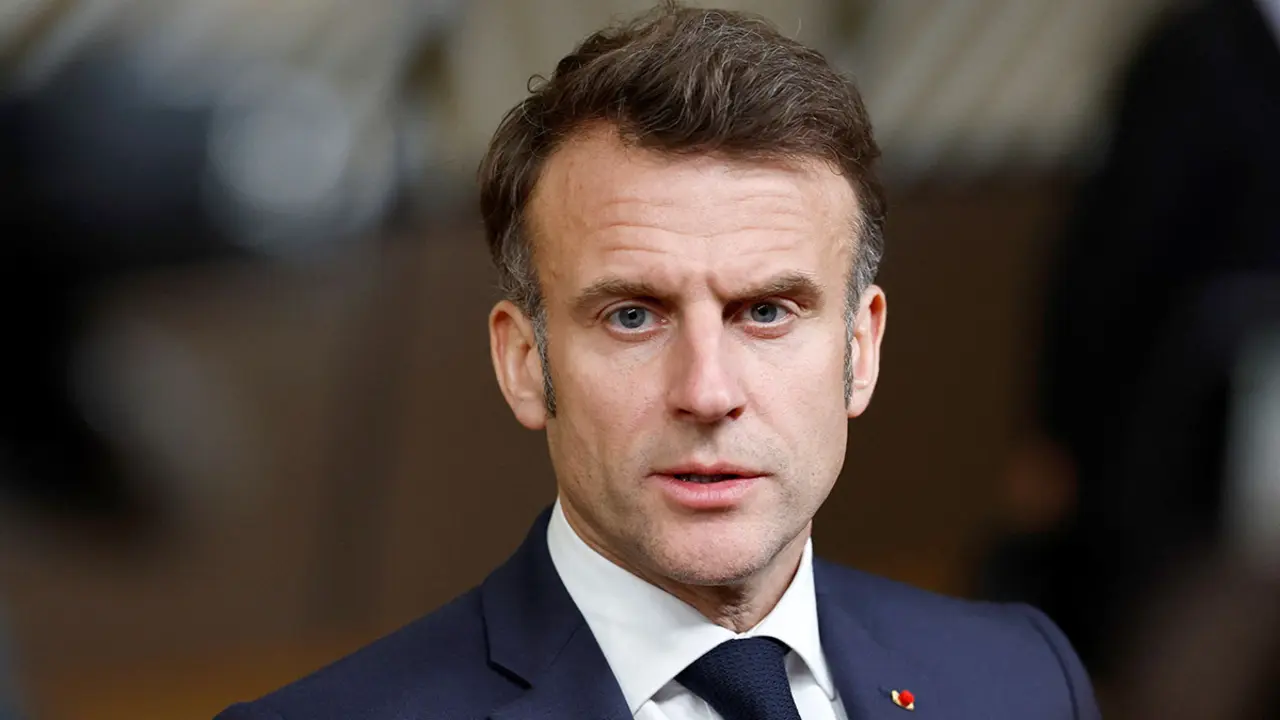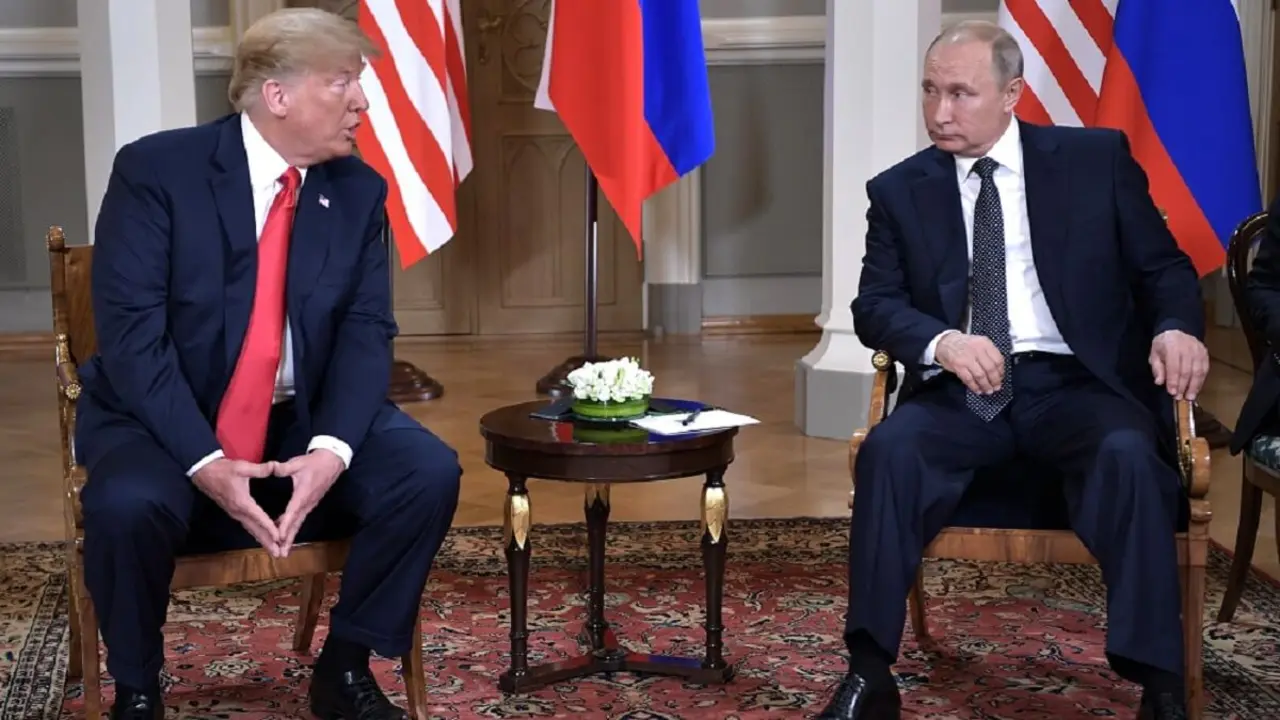Iranian drone use in Ukraine prompts new military aid package

Iranian-made marauding munitions attacks hit Ukraine again in the early hours of Thursday morning. A new attack left damage in the Kiev region, of which Ukrainian authorities have not provided further details. An OSINT monitoring, supported by war reports provided by the British Ministry of Defence, managed to shed some light on these new strikes.
They were reportedly carried out on the western edge of the Kiev Oblast, near the town of Fastiv. There, in the early hours of the morning, several internet users captured the marauding Shahed-136 drones attacking surface positions. In the morning, photographs of the wreckage of these kamikaze drones were posted on various social media sites, and were claimed by a number of security and defence analysts involved in OSINT coverage of the conflict in Ukraine.
Remains of an Iranian-made Shahed-136 drone following an attack in #Kyiv pic.twitter.com/1nZEUIEX7M
— Michael A. Horowitz (@michaelh992) October 13, 2022
The Shahed-136 are unmanned aerial devices containing a small explosive charge that Russia has been operating in the Ukrainian theatre, as verified by the media since August. According to information provided by the UK Ministry of Defence, it has a range of about 2,500 km. Since last month, Russian forces have been using them extensively. The Ukrainian Defence General Staff has put the number of attacks carried out with this type of munition, known as a marauder because of its ability to stay in the air, hovering over an area, until the drone pilot decides to launch the drone at a target. As opposed to a drone that would drop its explosive payload, the marauding UAV enjoys the opportunity to redirect its target and further refine its aim.
This latest Iranian drone attack was condemned by several European and NATO Defence Ministers, who held a summit yesterday and today at the alliance's European headquarters. The meeting of Defence Ministers was also attended by Ukrainian Defence Minister Oleysiy Reznikov at NATO's invitation, a gesture that irritates Moscow and revives the debate about Ukraine's hypothetical membership of the alliance and the consequences this could have on the world stage.

Against the backdrop of the nuclear threat, several Defence Ministers also took the opportunity to announce new military aid packages for Ukraine. Some of them had already been announced in advance, such as the French. Emmanuel Macron, who gave an interview to Caroline Roux for public television on Wednesday night, announced these new shipments.
Macron has been criticised for what various voices have described as military aid to Ukraine that is out of keeping with the military weight that France enjoys in Europe. During the interview, Macron opted for a conciliatory tone with Russia. The re-elected president maintained that France would maintain its nuclear doctrine and would not respond with atomic weapons to Russia's use of similar means against Ukraine. France's new military aid expands the number of Caesar self-propelled howitzer systems to 24. The Caesar has proven to be an effective weapon in the Ukrainian contest. The Kiev armed forces practise hit and run thanks to the high mobility provided by the French self-propelled howitzer. Fifteen 155 mm TRF1 towed howitzers will also be sent. In addition, France pledged to provide radar systems or the Crotale NG anti-aircraft missile system from France's Thales, which is used to intercept low-flying aircraft. The package is completed by 20 ACMAT Bastion protected vehicles.
The ?? will donate AMRAAM missiles to Ukraine, Defence Secretary @BWallaceMP announced at @NATO
— Ministry of Defence ?? (@DefenceHQ) October 13, 2022
These weapons will help ?? defend its skies from attacks & strengthen their overall missile defence alongside the ?? NASAMS
Read more here ➡️ https://t.co/FTnY1RJXp0 pic.twitter.com/MKBsBNO5MW
The UK announced this morning that it would also send new assets to deal with Iranian prowler drone attacks in Ukraine. British Defence Secretary Ben Wallace, speaking to the media on the sidelines of the NATO ministers' summit, confirmed that the UK would send AMRAAM anti-aircraft missile systems to the government in Kiev. "Russia's recent indiscriminate attacks on civilian areas in Ukraine justify increased support for those trying to defend their nation. So today I have authorised the supply of AMRAAM anti-aircraft missiles to Ukraine," Wallace said in Brussels. According to Wallace's ministry, the main priority of UK military assistance to Kiev is to boost Ukraine's air defence. The US-made AMRAAM missiles can be armed on aircraft and, in addition to shooting down manned aircraft, are also capable of intercepting cruise missiles. The US AMRAAM is one of the best-selling and most widely used weapon systems in its category in the world.
US Department of Defence Secretary Lloyd Austin, who also attended the Brussels summit, announced the delivery of NASAM missile systems, which also serve the purpose of strengthening Ukrainian air defence. These are Raytheon-designed surface-to-air missile systems with medium range. The weapon system consists of three distinguishable parts: Sentinel radar, the projectiles and the Kongsberg launcher and fire distribution system.
Americas Coordinator: José Antonio Sierra








